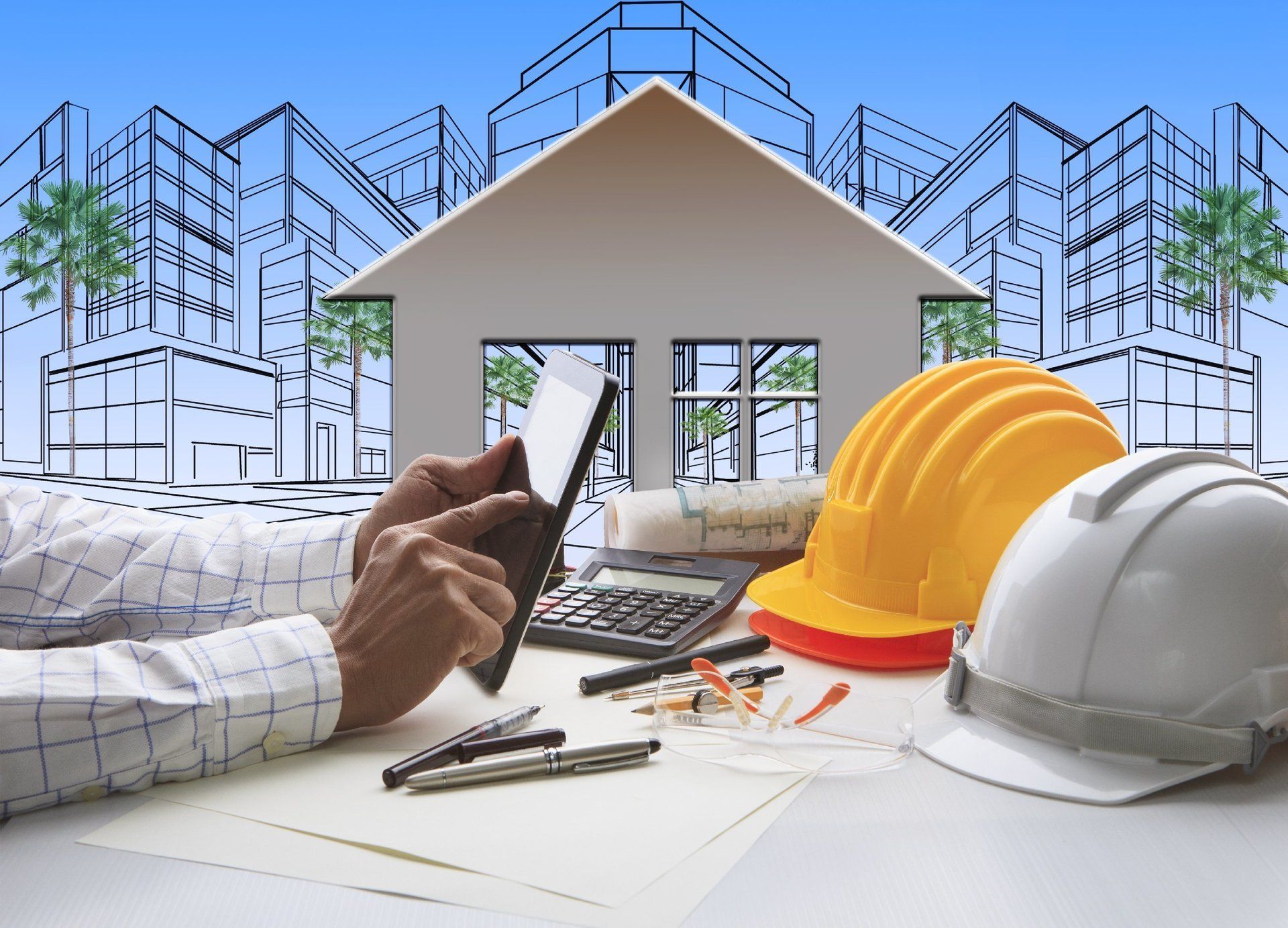
Rehab Flip / Bridge Loan Financing

CONTACT US!
Contact us to discuss your investment
goals or your next project.
Rehab Flip
(Bridge Loans)
- 90% of the purchase price of the property
- 100% of the cost of rehab
- 6 Month - 18 Month Terms
True Deferred Payments Unique Benefits
Put our loans to work for you.
Monthly payments are rolled in, payable when the loan repays.
- High leverage options for experienced borrowers.
- Rates start at 6.5% and roll points into closing cost
- True deferred payments - no payments until loan repays
- Loan sizes from $75,000 to $750,000
- Up to 90% Loan-to-Cost, depending on experience
- Up to 70% Loan-to-After repair value
- No minimum transactions experience required
- Five year lookback for experience
- Minimum property value $75,000
- Minimum credit score of 640
- 12 and 18 month terms
*Deferred payment option is only available in the following states: AL., AR., AZ., CA., CT., CO., DC., DE., FL., GA., IL., IN., KA., MA., MD., MN., MO., NC., NH., NJ., NV., OH., OK., PA., RI., SC., TN., TX., UT., VA., WA., WI.
How Financing an Investment Property Gives You Leverage in the Real Estate Market
Real estate investors use leverage in a variety of ways.
One common approach is to take out a traditional or hard money loan to purchase a property. You put down a portion of the purchase price as a down payment and then borrow the remaining amount from a lender. The financing is secured by the property, meaning that if you’re unable to make payments, the lender can seize the property to recoup their funds.
In reality, financing an investment property with high leverage can
give you a significant benefit in the real estate market and here's how:
Maximize Cash Flow
Financing an investment property with high leverage allows you to maximize your cash flow by putting less money down upfront. For example, some hard money or non-qm lenders offer leverage up to 90%, meaning you only need to put 10% down. This means you can invest in more properties with the same amount of money. For example, if you have $100,000 to invest, you can buy one property outright or finance two properties and use the rest of your cash for other investments or rehabs.
Increase Returns
Financing an investment property can increase your overall return on investment (ROI). Let's say you buy a property for $200,000 and finance $150,000 of it. If the property appreciates by 5% over the next year, it's now worth $210,000. Your ROI on the property is 10%, even though you only invested $50,000 of your own money.
Tax Benefits
If you’re financing a rental property, there are tax benefits as well. You can deduct mortgage interest, property taxes, and other expenses related to the property from your taxable income. This can significantly reduce your tax liability and increase your cash flow.
Diversification
Finally, financing an investment property allows you to diversify your investment portfolio. Real estate is a great way to diversify because it doesn't necessarily move in the same direction as the stock market.
Financing options for Rehab Flip investment properties, let’s explore some of the most popular financing options for Flips:
Hard Money Loans
Hard Money Loans are a popular financing option for fix and flip or rental property investors. These loans are typically offered by private lenders and secured by the property. Hard money loans typically have higher interest rates and fees than conventional mortgages, but they can be a good option if you need to close on a property quickly or if you have poor credit.
DSCR Rental Loans
DSCR (Debt Service Coverage Ratio) rental loans are a type of financing available to real estate investors who own income-producing properties, like single-family rental homes, condos or multifamily buildings. These loans are specifically designed to provide financing for real estate investors who are seeking to purchase or refinance a rental property and want to ensure they have enough cash flow to cover their monthly mortgage payments. DSCR loans do not require income verification for funding.
* Consider the 70 percent rule of flipping property when determining whether you can make a profit. The 70 percent rule is just a general guideline, but it can help real estate flippers decide whether the property is a good risk.
Here’s how to use the 70% rule:
